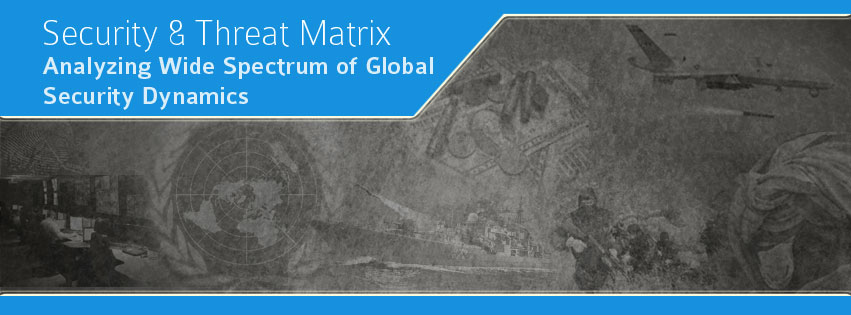BY NewsDesk
Pakistan Army chief, Gen. Raheel has declared that operation Zarb-e-Azb is not only an operation but a wholesome concept. "Ladies and Gentlemen, Op Zarb-e-Azb is not only an operation but a wholesome concept. It ultimately aims at breaking the syndicate of terrorism, extremism and corruption.", he said. He was addressing to a seminar held at a hotel here in Gawadar.





